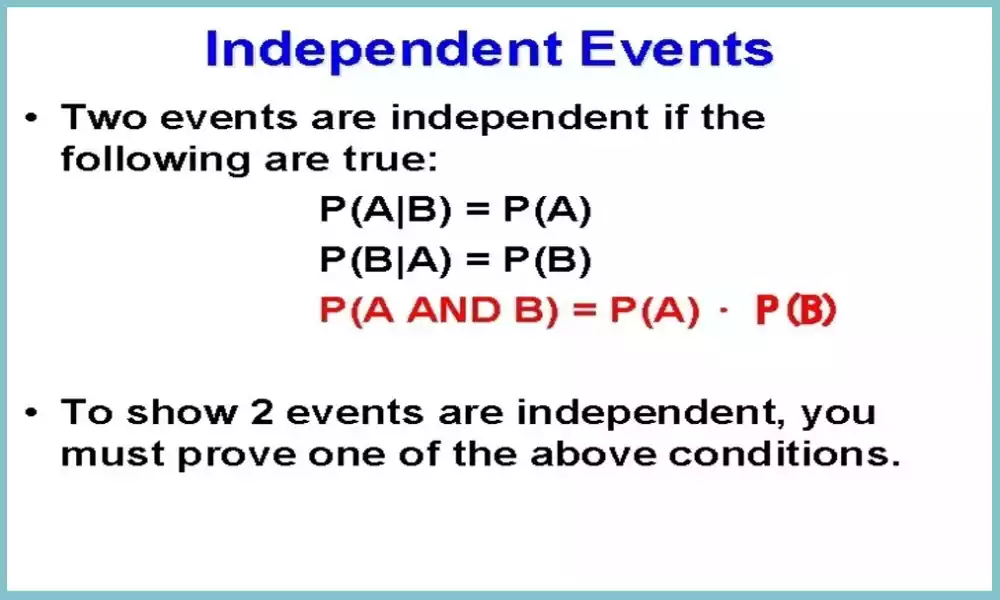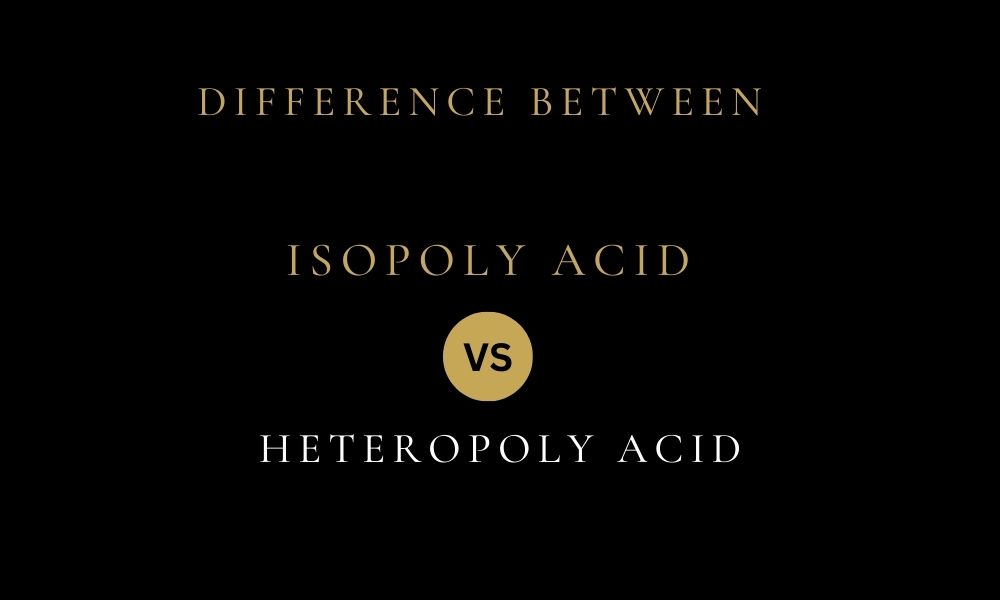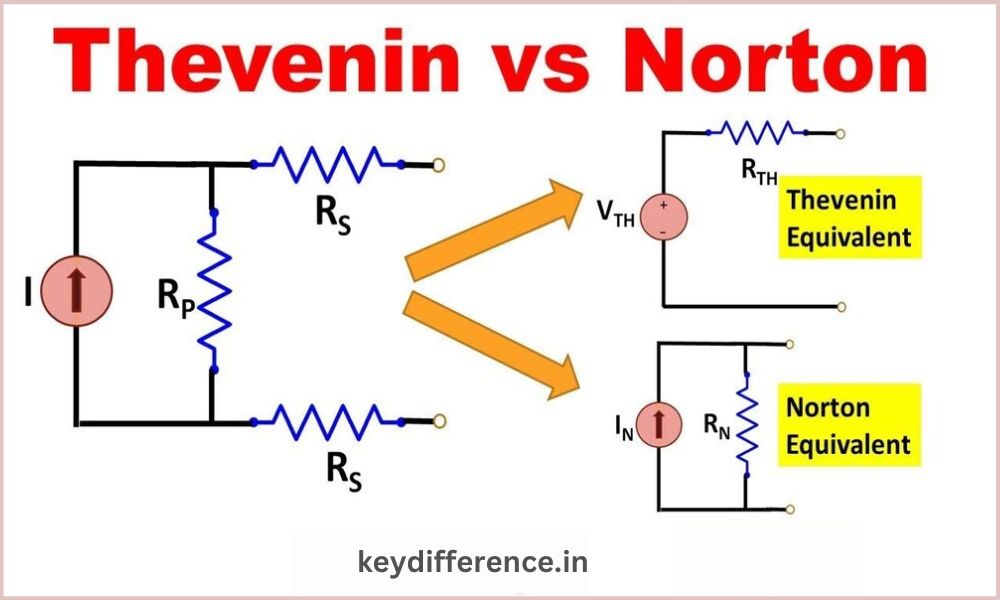Introduction of Dependent and Independent Events
Probability is the Outcome of a random Event. Random Experiments can have different outcomes, such as Flipping a penny, rolling a dice, or Drawing cards from a Deck.
Two events are considered independent if one does not influence the other. Flipping a coin two times is an example of an independent event. The Result of the first coin flip is not Affected by the outcome of a Second coin Flip.
Two events are dependent when the outcome from one event affects the outcome of another event. A dependent event is, for example, drawing one card from a deck then drawing another without replacing the original card. The result of the first drawing affects the second draw because there are less cards in the deck.
What is Dependent Events?
A dependent event in probability is an event that occurs when the outcome of one event influences the outcome the other. A dependent event is, for example, drawing one card from a deck then drawing another without replacing the original card. The result of the first drawing affects the result of the second, as there are less cards in the deck following the first.
Let’s say, for Example, that we have 52 cards and want to know what the Probability is of drawing both a Diamond and a Heart. The probability of a heart being drawn is 13/52 or 1/4. The probability that a diamond will appear after a heart is 4/17 or 12/51. The probability of drawing both a diamond and a heart is 1/4 * 4/17 = 1/7.
You can see that the Probability for drawing a Diamond and then a heart is different from the Probability for drawing any other card and then a Heart. The first draw has an impact on the second.
Gambling and other games of luck often use dependent events. A casino may offer a game in which you can wager on whether the next draw from a deck of cards will be a diamond or a heart. You can bet on diamonds if you know the previous card was a heart.
Other areas such as medical research can benefit from dependent events. A Doctor may want to know, for Example, the likelihood of a patient Contracting a disease if he or she has a Particular risk Factor. The doctor can Calculate the risk of a patient Developing a disease if they know that the patient was Exposed to a Virus.

What are Independent Events?
Probability-independent events occur when one event’s results have no bearing on another event’s outcomes. Flipping the coin twice would qualify as an independent event since its result won’t change because of what occurred with its predecessor.
Imagine we have one coin and would like to calculate its chances of flipping twice in succession; with coin flipping heads being 50% and twice flipping heads at 44% respectively, that would be approximately how often it happens.
Multiplying the Probability of Flipping Heads Again by the Probability of Flipping Heads Twice will yield the same outcome because one flip’s outcome doesn’t alter or influence another flip’s outcome.
Gambling and other games of chance rely heavily on independent events. You can bet on the outcome of coin flips without being affected by what happened previously – their outcomes don’t linger or change later on!
Independent events can provide numerous advantages in other areas, including medical science. Doctors might want to know, for instance, whether there are risk factors that increase the chance of their patients contracting specific diseases – for instance, if certain viruses were not exposed as risk factors before.

Importance of understanding dependent and independent events
Understanding dependent and independent events is vital in various fields, such as mathematics, statistics, probability theory, and real-life decision-making.
Here are some reasons why understanding this distinction between dependent and independent events is so vital:
Accurate Probability Calculations: Dependent and independent events require different methods of calculating probabilities, so understanding whether they are dependent or independent allows us to apply appropriate probability formulas and methods and obtain accurate results.
This is particularly relevant in fields such as risk analysis, finance, insurance, and gaming where precise probability assessments are key components.
Decision-Making: Understanding whether events are interdependent or independent helps us make more informed choices. Understanding relationships between events helps anticipate possible outcomes and make smarter choices – for instance, understanding which assets depend upon one another in investments can help manage risk while optimizing portfolio performance.
Real-Life Applications of Dependence/Independence Events: The concept of dependent and independent events transcends mathematical theory; it has practical applications in everyday life as well. Understanding dependencies among variables is vital in fields like supply chain management, logistics, and quality control – recognizing them allows one to develop strategies to increase efficiency while decreasing disruptions and mitigating risks.
Statistical Analysis: Dependent and independent events play a pivotal role in statistical analysis. By recognizing dependencies, appropriate statistical methods such as regression analysis, time series analysis, and correlation analysis may be applied.
By understanding how events unfold over time, statisticians are better equipped to accurately model and analyze data while uncovering patterns and relationships to reach meaningful conclusions.
Problem-Solving and Critical Thinking: Acknowledging the differences between dependent and independent events enhances problem-solving abilities and fosters critical thinking. Doing so allows individuals to break down complex scenarios, analyze the interplay between events, identify patterns or connections, and break them down into their core components – something invaluable not just in mathematics and statistics but in various professional fields as well as everyday decision-making.
Itself, understanding dependent and independent events is of great significance when it comes to accurate probability calculations, informed decision-making, real-life applications, statistical analysis, and problem-solving skills. Understanding their relationships provides the basis for making rational choices while mitigating risk effectively and optimizing results across contexts.
Key differences in nature and characteristics
Dependent and independent events differ significantly in nature and characteristics, here are the key differences:
Definition of Dependent Events: Events in which one event’s outcome affects its probability; in contrast, independent events occur wherein their outcome does not have any bearing on how likely another event will be to happen.
Probability Calculation: Dependent events influence the probability that another event will take place; consequently, conditional probabilities should be used when calculating probabilities in these instances.
Conversely, independent events do not depend on any prior occurrence; so when it comes to independent event calculations using the multiplication rule or simply multiplying individual probabilities for such calculations is used instead.
Sample Space: Dependent events typically exhibit a fluctuating sample space; as events unfold, their likelihood decreases and so do possible outcomes for future events. By contrast, independent events tend to remain within a static sample space where their outcomes do not have any lasting influence on subsequent ones.
Impact on Probability: For dependent events, one event’s occurrence affects the probability of subsequent ones; its outcome determines its likelihood. With independent events, however, its presence has no such repercussions, with each outcome remaining independent from those of any preceding or succeeding events.
Notation: Dependent events can often be represented using conditional probability notation, such as P(A|B). On the other hand, independent events are commonly represented using multiplication notation; P(A and B) denotes the probability that both events take place simultaneously.
Examples: Dependent events can be observed when drawing cards without replacement from a deck, where the probability of drawing any particular card depends on what has come before; independent events are most commonly seen in situations like repeatedly flipping a coin where its outcome doesn’t affect subsequent flips.
Understanding the difference in characteristics between dependent and independent events is crucial for accurately calculating probabilities, making informed decisions, and employing appropriate statistical methodologies.
Impact of dependence and independence on probability calculations
Dependence or independence between events has an immense effect on probability calculations, altering how probabilities are calculated and interpreted depending on whether these events are dependent or independent. Below are the key impacts of dependence or independence on probability calculations:
Dependent Events:
Conditional Probability: In dependent events, the probability of one event depending on another event occurring has to do with conditional probability; that is why event A occurs given that event B has already taken place (denoted P(A|B).
Conditional probability calculations for dependent events involve dividing both probabilities occurring into their probabilities individually – joint probability divided by P(B), which in mathematic terms means P(A|B = P(A and B) / P(B).
Multiplication Rule: For dependent events, the multiplication rule provides a method to calculate their probabilities in sequence. According to this formula, when two events A and B happen simultaneously, their probability can be expressed as P(A&B) = P(A) * P(B|A). P(A) represents the chance of event A occurring while P(B|A) represents its chance given event A has already happened.
Independent Events:
Multiplication Rule: For independent events, using the multiplication rule simplifies calculating their likelihood. According to this formula, two independent events A and B that occur at once are calculated using this formula: P(A&B) = P(A*B). This states that their likelihood is equal to their individual probabilities multiplied together.
Addition Rule: When events are independent, the addition rule can help calculate the probability that at least one of them occurs. According to this rule, P(A or B) = P(A + P(B) – P(A and B). Subtracting P(A and B) accounts for any double-counting that might occur when multiple events take place simultaneously.
Understanding the effects of dependence and independence on probability calculations is crucial for accurate analysis, decision-making, and estimating the probabilities of various outcomes.
Understanding their influence allows us to utilize conditional probability, multiplication rule, and addition rule based on the relationship between events resulting in more accurate predictions and informed conclusions.
Comparison Table of Dependent and Independent Events
Sure! Here’s a comparison table highlighting the key differences between dependent and independent events:
| Aspect | Dependent Events | Independent Events |
|---|---|---|
| Definition | The outcome of one event affects the probability of another event | The outcome of one event has no impact on the probability of another event |
| Probability Calculation | Involves conditional probability calculations | Involves multiplication or addition rule calculations |
| Sample Space | Changing sample space as events occur | Fixed sample space for all events |
| Impact on Probability | The occurrence of one event affects the probability of subsequent events | The occurrence of one event does not affect the probability of subsequent events |
| Notation | Often denoted using conditional probability notation (P(A|B)) | Often denoted using multiplication notation (P(A and B)) |
| Examples | Drawing cards from a deck without replacement | Flipping a coin multiple times |
These differences highlight the contrasting nature and characteristics of dependent and independent events, including how probabilities are calculated, the impact on subsequent events, and the representation of events.
Understanding these distinctions is essential for accurate probability analysis and decision-making.
Flipping a coin multiple times
Undoubtedly! Let’s use an example of flipping a coin multiple times as an illustration of dependent and independent events:
Dependent Events:
When flipping a coin multiple times, its outcomes may either be dependent or independent depending on the circumstances.
If the coin is fair and impartial, flips are typically considered independent events as each outcome doesn’t influence subsequent ones; each has an equal chance of landing either on heads or tails regardless of what happened before it. Therefore, its probability remains constant over each individual flip.
Independent Events:
Consider this scenario of flipping three fair coins independently. Each flip’s outcome does not influence those of its peers; therefore, its probability remains 50/50 on any flip, and thus to calculate the probability of getting three heads consecutively would involve multiplying these probabilities: in this instance, this would equal 1/8 or 12.5%.
As it’s essential that if the coin in a given scenario is biased or unfair, its outcome can influence subsequent flips if its outcome influences probability calculations. Therefore, understanding any bias and its effect on probability calculations is of the utmost importance in these scenarios.
Flipping multiple fair coins often results in independent events wherein each coin flip has no bearing on subsequent ones and vice versa; hence the probability of getting heads or tails remains constant on every individual coin flip.
If, however, an unfair coin is used, flips may become dependent events wherein each flip influences future ones by its outcomes influencing probability distributions and thus changing probabilities over time.
Rolling a die multiple times
Yes! Let’s examine an example of rolling multiple dies to explore the relationship between dependencies and independence events:
Dependent Events: When rolling a fair six-sided die multiple times, its outcomes can usually be considered independent events. Each roll does not affect subsequent rolls; similarly, the chances of getting each number (1 through 6) remain equal between rolls.
Independent Events:
Let’s consider an experiment where you roll a fair six-sided die three times independently, each roll being independent of the other, with 1/6 being approximately 16.67% for any particular number (1 through 6, 3, 4, 5, or 6 on any roll) occurring on any roll independently. Multiplying each roll’s probabilities yields 1/216 or approximately 0.46% as its value.
As it’s essential that probabilities be accurately calculated, understanding any external influences or biases which could alter the outcomes of each roll – for instance a biased die or environmental conditions – that could alter their outcome is key in accurately calculating probabilities.
In such instances, it’s also crucial that one understands their nature in order to calculate probabilities accurately.
So when rolling a six-sided die multiple times, the results should typically be seen as independent events. Each roll remains unaffected by previous ones and thus maintains constant probabilities; any series of outcomes is calculated by multiplying their individual probabilities.
Calculation of probability in independent events
Probability calculations in independent events are relatively straightforward. Here are a few key principles and methods for calculating probability in independent events:
Multiplication Rule: To calculate the probability that two or more events are happening simultaneously, use the multiplication rule to calculate their Combined probabilities. According to this Formula, when A and B events Happen Together, their Cumulative probability equals their individual Probabilities multiplied together – Mathematically Expressed as:
P(A and B) = P(A) * P(B)
To calculate the probability of flipping a coin and rolling a die, and getting heads and 4s respectively, this would equal multiplying their respective probabilities (2/6)
P(Heads and 4) = 1/2 * (1/6) = 0.0833 or approximately one twelfth.
Extending the Multiplication Rule: The multiplication rule can be extended to calculate probabilities associated with more than two independent events occurring simultaneously. A general formula for estimating such probabilities would be:
P(A and B and C and… and N) = P(A)*P(B)*P(C)*… and P(N).
This formula can be applied iteratively to calculate the probability of multiple independent events occurring simultaneously.
Addition Rule: The Addition rule can be used to calculate the probability that one or more Independent events occur Simultaneously, using this Statement: If event A happens and event B doesn’t, their combined probability equals one another; mathematically speaking it can be expressed as:
P(A or B) = P(A) + P(B)
It is essential to keep in mind that this formula only works when events are mutually exclusive – meaning they cannot occur simultaneously – otherwise, its calculations need to be adjusted in order to account for overlapped probabilities without double counting them.
Applying these principles and formulas appropriately, it’s easy to calculate probabilities in independent events. By applying multiplication and addition rules correctly, you can determine the likelihood of certain outcomes or combinations of events occurring independently.
Application of multiplication rule in various scenarios
The multiplication rule for independent events has wide-ranging applications that cover many scenarios.
Here are a few examples of how it can help calculate probabilities in various contexts:
Coin Flips and Dice Rolls: Suppose that you need to calculate the probability of getting heads on three consecutive coin flips followed by rolling a six on a fair six-sided die. Since coin flips and dice rolls can usually be considered independent events, you can use the multiplication rule to compute their probability:
P(Heads on 3 Coin Flips and 6 Dies) = P(Heads) * P(Heads) * P(6)
= 1/2*1/2* 1/2 * (1/2)* (1/6) = 1/48 or approximately 0.0208
Genetics and Inheritance: Geneticists often employ the multiplication rule to calculate the probability of inheriting certain genetic traits, such as eye color. If both parents are heterozygous (Bb), for example, using this multiplication rule you can calculate their offspring’s probability of having blue eyes by multiplying out allele B by two; brown would then dominate over blue by means of inheritance.
If their offspring subsequently inherit these blue-eyed alleles as determined by this multiplication rule; in this instance allele B is dominant over blue (bb). When applied this way you can also calculate the offspring’s chances of having blue eyed bb:
P(Offspring Have Blue Eyes) = P(Mother passes on Blue Eyes) * P(Father passes down Blue Eyes) = 1/2*1/2
Probability of Multiple Events: The multiplication rule can be used to Calculate the joint Probability of multiple Independent events happening simultaneously. For example, assume you have a bag Containing 10 red balls and 8 blue balls – Randomly draw two without Replacement; calculate the Probability that a red ball appears first Followed by one or both blue ones:
P(Red on 1st Draw and Blue on 2nd Draw) = P(Red on 1st Draw) * P(Blue on 2nd Draw) = (10/18)* (8/17) or approximately 0.2614.
These examples demonstrate how the multiplication rule is used for independent events across various scenarios. By multiplying individual probabilities, you can calculate the odds that specific outcomes or combinations of events occur independently.







